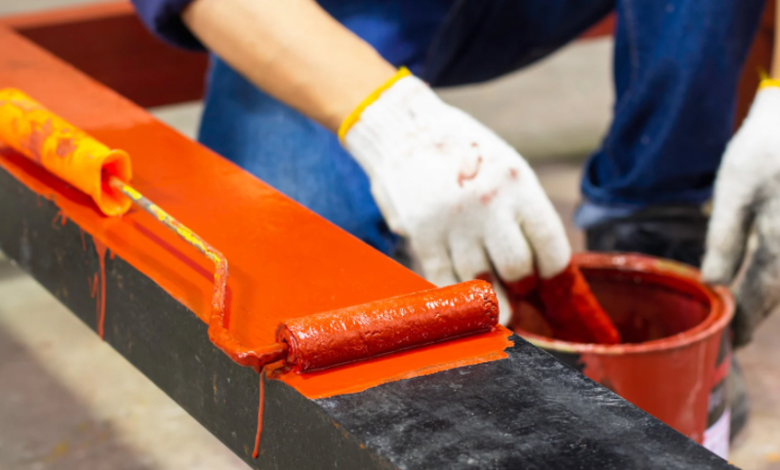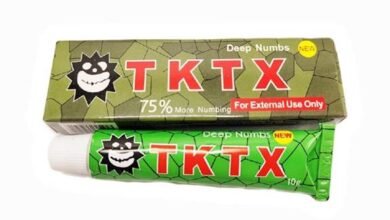How to Prepare Metal Surfaces for Direct-to-Metal Paint Application

Proper metal surface preparation forms the foundation of successful coating projects that deliver long-lasting protection and professional appearance. Professional direct-to-metal paint application begins with meticulous surface preparation that removes contaminants and creates optimal adhesion conditions. Without adequate preparation, even premium coatings can fail prematurely, leading to rust formation, paint peeling, and costly reapplication projects. Understanding professional preparation techniques ensures maximum coating performance and extends the service life of metal structures. This systematic approach protects your investment while delivering the corrosion resistance and aesthetic appeal that quality coatings provide.
Understanding Metal Surface Contamination
Metal surfaces accumulate various contaminants that interfere with paint adhesion and long-term performance. These include mill scale, rust, oils, dirt, salt deposits, and previous coating residues that create barriers between the metal substrate and new coating systems.
Professional surface assessment identifies all contamination types present and determines the most effective removal methods. This evaluation considers the metal type, environmental exposure history, and coating performance requirements to develop targeted preparation strategies.
Surface Cleaning and Decontamination
Professional cleaning begins with removing grease, oil, and organic contaminants using appropriate solvents or alkaline cleaners. These chemicals break down hydrocarbon deposits that prevent proper paint wetting and adhesion to metal surfaces.
Acid etching solutions remove mill scale and light rust while creating microscopic surface texture that enhances mechanical adhesion. Professional technicians select cleaning chemicals based on metal composition and contamination severity to achieve optimal results without damaging the substrate.
Abrasive blasting removes heavy rust, old coatings, and stubborn contaminants while creating controlled surface profiles that maximize coating adhesion. Professional operators select abrasive media based on desired surface finish, metal thickness, and coating requirements. Power tool cleaning provides an alternative for projects where abrasive blasting isn’t practical. Professional-grade sanders, grinders, and wire brushes remove surface contaminants while creating adequate surface texture for coating adhesion.
See also: Small Yard Deck Design Ideas to Maximize Space Without Compromising Style
Surface Profile Development
Professional surface preparation creates controlled roughness that enhances mechanical adhesion between metal and coating systems. This profile depth varies based on coating thickness and manufacturer specifications, requiring precise measurement and control.
Surface profile gauges measure texture depth to ensure compliance with coating manufacturer requirements. Professional preparation achieves consistent profiles across entire surfaces while avoiding excessive roughness that creates coating defects. Understanding how direct-to-metal paint protects against corrosion and provides the best defense for rust prevention emphasizes why proper surface profile development directly impacts coating performance and longevity.
Professional preparation maintains uniform surface profiles across complex geometries and large surface areas. This consistency prevents coating thickness variations and ensures even protection throughout the structure. Quality control procedures include surface profile measurements, cleanliness verification, and visual inspections that document preparation standards before coating application begins.
Environmental Control and Timing
Surface moisture content directly affects coating adhesion and curing performance. Professional preparation includes moisture testing and environmental controls that ensure optimal application conditions. Relative humidity levels above 85 percent or surface temperatures within 5 degrees of the dew point prevent successful coating application. Professional projects include environmental monitoring and climate control systems that maintain ideal conditions.
Prepared metal surfaces require immediate coating application to prevent flash rusting and contamination. Professional scheduling coordinates preparation and coating activities to minimize exposure time while maintaining quality standards. Environmental exposure between preparation and coating can compromise surface cleanliness and require additional cleaning before coating application proceeds.
Quality Assurance and Documentation
Surface Inspection Protocols
Professional preparation includes comprehensive surface inspections using standardized evaluation methods. These assessments verify contamination removal, surface profile achievement, and overall preparation quality before coating application. In industrial applications, understanding when you should use direct-to-metal paint is often part of ensuring proper long-term performance.
Photographic documentation records surface conditions and preparation quality for warranty purposes and quality control records. This documentation proves compliance with specifications and provides reference materials for future maintenance planning.
Preparation Standard Compliance
Industry standards define specific preparation requirements for different service environments and coating systems. Professional preparation follows established standards that ensure adequate performance in specific exposure conditions. Compliance documentation includes surface preparation certificates, environmental condition records, and quality control measurements that verify specification adherence throughout the preparation process.
Conclusion
Professional metal surface preparation requires systematic contamination removal, controlled surface profile development, and careful environmental management to achieve optimal coating performance. This foundation determines coating adhesion, corrosion resistance, and service life regardless of coating quality. Investment in professional preparation services delivers superior long-term performance while protecting valuable metal assets from corrosion damage. Proper preparation techniques ensure coating systems perform as designed while maximizing return on coating investments through extended service life and reduced maintenance requirements.





